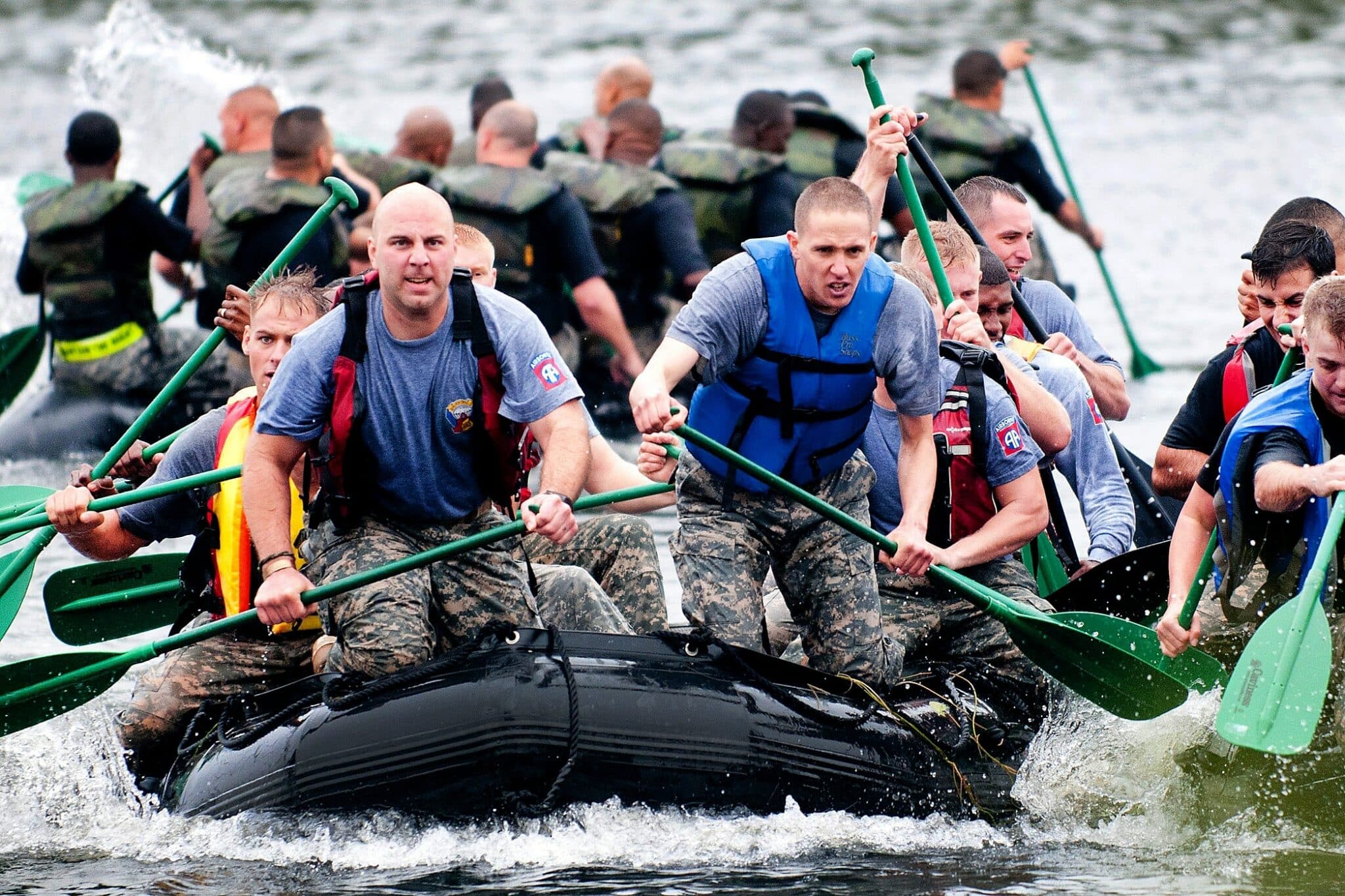
13 Jun Different Types of Successful Teams
A team is usually defined as two or more people who work together to achieve a shared goal or for a common purpose. This definition could be prescribed to all types of teams, but it doesn’t really tell us how a team works. Teams can differentiate in many ways, including:
- Hierarchy
- Leadership styles
- Methods of communicating
Team hierarchy
The hierarchy of a team can vastly differ between teams. Some teams might have a sole leader, whereas others could include multiple leaders of equal status. The team could have a whole other team working inside of it, or above or below it in the hierarchical order of a wider organisation. The structure of a team’s hierarchy can vary, but all hierarchies will have fewer people further up the order.
Leadership styles
The team could be led in different ways, depending on the leaders within the team and what the team requires. The most common leadership styles within teams are:
- Transformative – whereby leaders focus on inspiring individual improvements that benefit the team.
- Delegation – whereby leaders allow individuals to take charge and responsibility. It’s the least confrontational but is only effective with the right team members.
- Authoritative – whereby leaders take charge and lead by example. However, there is a risk of micromanaging and damaging team morale and productivity.
Communication styles
Every member of a team will need to communicate with other members of the team to achieve shared goals. The two main communication styles are assertive and passive, although there are variations, such as “passive-aggressive”. There isn’t always one preferred style as the best style is usually situation dependent.
Assertive communicators will speak confidently to others without belittling them or causing conflict. This communication method is usually considered the best, but there may be instances where a passive communication style is more beneficial to other team members. Passive communication might be useful as a way to respond to conflict or instances of aggressive communicators, preventing an escalation of a situation.
What’s the key to team success?
There isn’t a perfect recipe for every team across all situations. Some teams might perform best with a single leader who uses a transformative leadership style and everyone communicates with each other assertively. But other teams might require something different.
For example, a sports team like the Golden State Warriors with multiple NBA champions may require their coaches to use a delegation style of leadership, considering players already know what it takes to succeed. Whereas a new group of workers on an intern programme at a bank may require authoritative leadership and assertive communication to succeed in an entirely new environment and position.
There’s never a one-size-fits-all approach, but one thing that does remain the same is the need for excellent soft skills in a team. Team members need to work together effectively and efficiently, which requires excellent active listening, communication skills, dispute resolution and emotional intelligence. These can be developed through on-the-job experiences and artificially created situations in team-building exercises.
Make your teams more successful with Bond 83
Develop the most important soft skills in your team members by enrolling them on the best team-building workshops. Bond83 facilitates team improvements through the power of art and creativity with proven results. Contact Bond83 now for more information.

